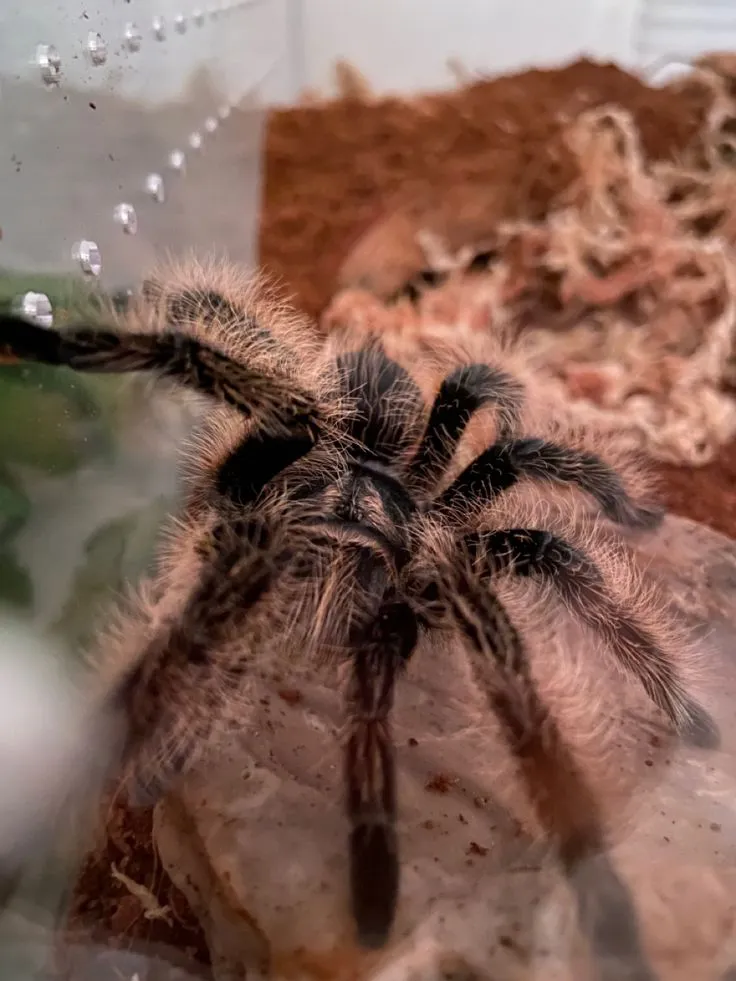Curly Hair Tarantula: An Overview
The Curly Hair Tarantula (Grammostola pulchra), a captivating arachnid, has become a popular pet among both novice and experienced tarantula enthusiasts. Known for its docile temperament, striking appearance, and relatively easy care requirements, this species offers a fascinating glimpse into the world of invertebrates. This comprehensive guide provides everything you need to know about caring for a Curly Hair Tarantula, from setting up its habitat to understanding its behavior and addressing potential health concerns. Whether you are considering adding one to your family or are already a proud owner, this guide will help you provide the best possible care for your eight-legged friend.
Understanding the Curly Hair Tarantula (Grammostola pulchra)
The Curly Hair Tarantula, scientifically known as Grammostola pulchra, originates from the rainforests of Brazil. This species is renowned for its gentle nature, making it a good choice for beginners. They are terrestrial tarantulas, which means they spend most of their time on the ground rather than in trees. Understanding their natural habitat is crucial for replicating their needs in captivity. These tarantulas are relatively slow-growing, reaching a leg span of up to 6 inches, and can live for many years, with females often living longer than males. Their lifespan and ease of care contribute to their desirability as pets. Additionally, their adaptability to varied conditions makes them easier to maintain compared to some other tarantula species.
Characteristics and Appearance
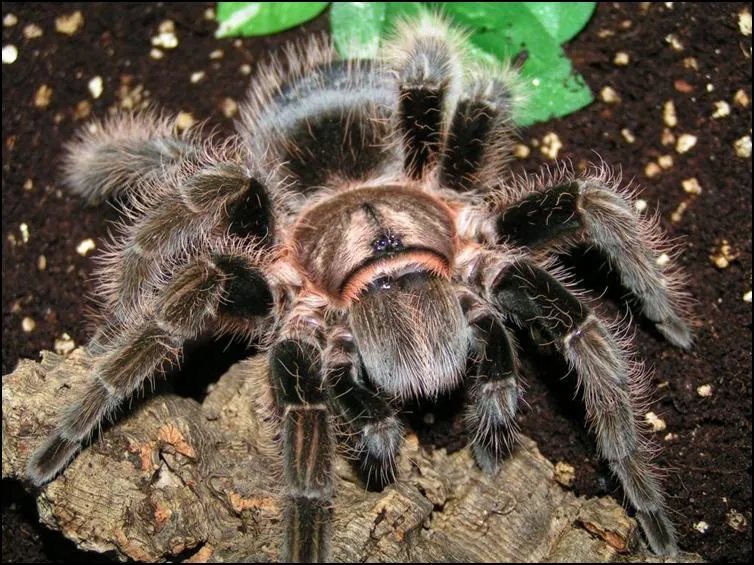
The Curly Hair Tarantula is easily recognizable by its dark brown to black body covered in distinctive hairs that curl, giving it a ‘curly’ appearance. These hairs can range in color from light tan to golden brown. The coloration of the hairs tends to deepen with age and after molting. The body is divided into two main parts the cephalothorax (head and thorax fused) and the abdomen. They also have eight legs and two pedipalps, which they use for sensing and manipulating food. These tarantulas are sexually dimorphic; males have a slightly different appearance. They have hooks on their front legs for mating, and often a less bulky abdomen than females. The overall aesthetic makes them very popular among pet owners.
Natural Habitat and Behavior
In their natural habitat, Curly Hair Tarantulas are found in the rainforests of Central America. They are burrowing tarantulas, creating underground retreats to escape predators and regulate their body temperature. They are primarily nocturnal creatures, becoming most active during the evening and night. They are ambush predators, waiting patiently for prey to come within reach. They are generally docile and not prone to biting unless provoked. They are also known to flick urticating hairs off their abdomen as a defense mechanism, which can cause irritation to the skin. Understanding their natural behaviors is essential for providing an appropriate and enriching environment in captivity, allowing them to thrive and exhibit natural behaviors.
Setting Up the Perfect Curly Hair Tarantula Enclosure
Creating a suitable enclosure is vital for the health and well-being of your Curly Hair Tarantula. The enclosure should provide the right environment to mimic their natural habitat. It is essential to consider factors such as size, substrate, temperature, and humidity to ensure your tarantula can thrive. A well-designed enclosure will not only keep your pet healthy but also provide you with the opportunity to observe its fascinating behaviors and admire its unique characteristics. The goal is to create a comfortable and safe space that meets all the needs of your tarantula, promoting a long and healthy life. The proper setup can also minimize stress, making the tarantula more comfortable in its environment.
Choosing the Right Tank Size
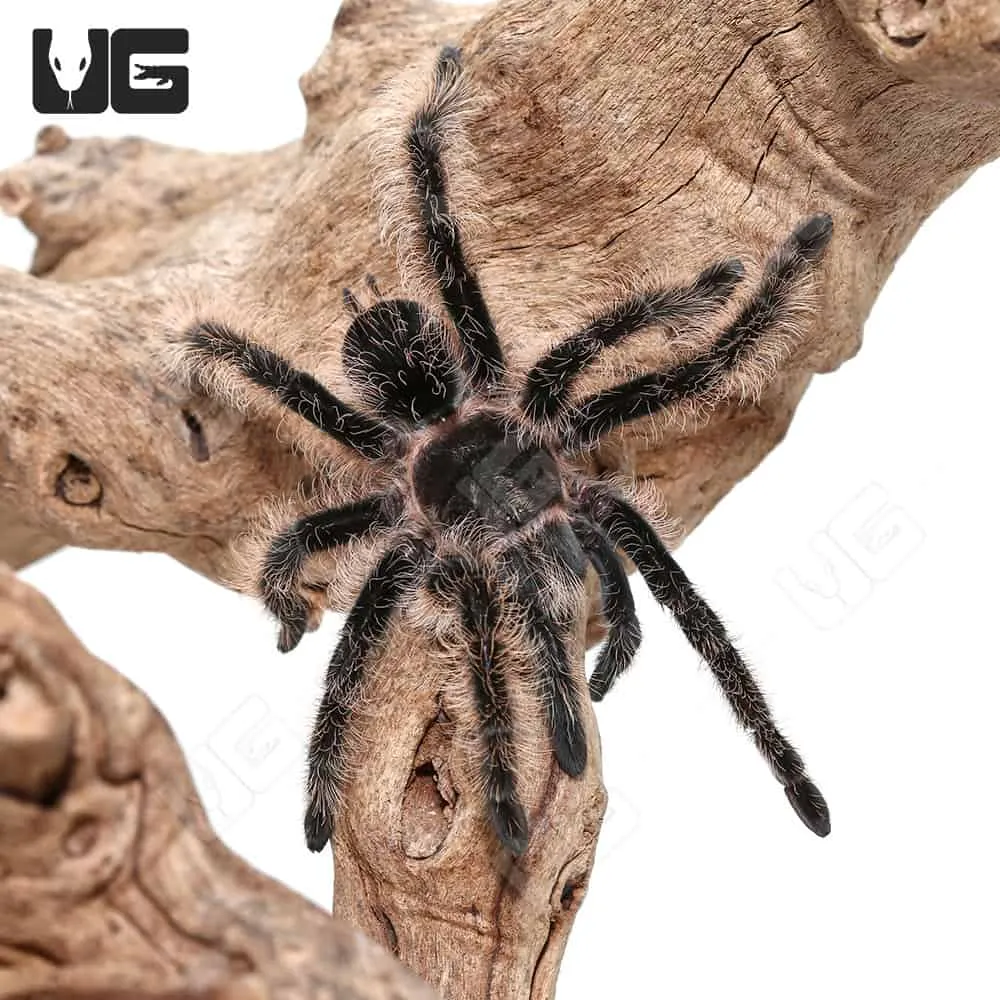
The size of the enclosure should be appropriate for the size of your tarantula. A good rule of thumb is to provide a tank that is at least three times the leg span of the tarantula in width and length. For a juvenile, a small, clear plastic container or a 5–10-gallon aquarium is suitable. As your tarantula grows, you will need to upgrade to a larger enclosure. Adults can comfortably live in a 10–20-gallon tank. It is crucial to ensure the enclosure has a secure lid to prevent escape. The height of the enclosure is less critical as this species is terrestrial, but it is useful to have some space for burrowing and enriching the environment.
Substrate and Decor
The substrate is the bedding material that covers the bottom of the enclosure. For Curly Hair Tarantulas, a substrate that allows for burrowing is essential. A mixture of peat moss, coco fiber, and a small amount of vermiculite works well. The substrate should be deep enough to allow your tarantula to create a burrow, typically 4–6 inches. Add some decorations to enrich the environment, such as a hide (cork bark or a half-log) for shelter. Provide a shallow water dish for drinking. Avoid sharp or abrasive decorations that could injure your tarantula. The overall aim is to replicate the natural habitat of a rainforest floor, ensuring the comfort and safety of your pet.
Temperature and Humidity
Curly Hair Tarantulas thrive in a temperature range of 75–85°F (24–29°C). You can maintain this temperature by using a heat mat placed on the side of the enclosure. Avoid placing the heat mat directly under the tank, as this could overheat the substrate. Humidity levels should be kept between 65–75%. Monitor the humidity with a hygrometer. To maintain humidity, lightly mist the substrate every few days, but avoid saturating it. Proper ventilation is also important to prevent mold growth. The correct temperature and humidity are crucial for your tarantula’s health, particularly during molting. Regularly check these parameters to ensure the environment is optimal for your pet.
Feeding Your Curly Hair Tarantula
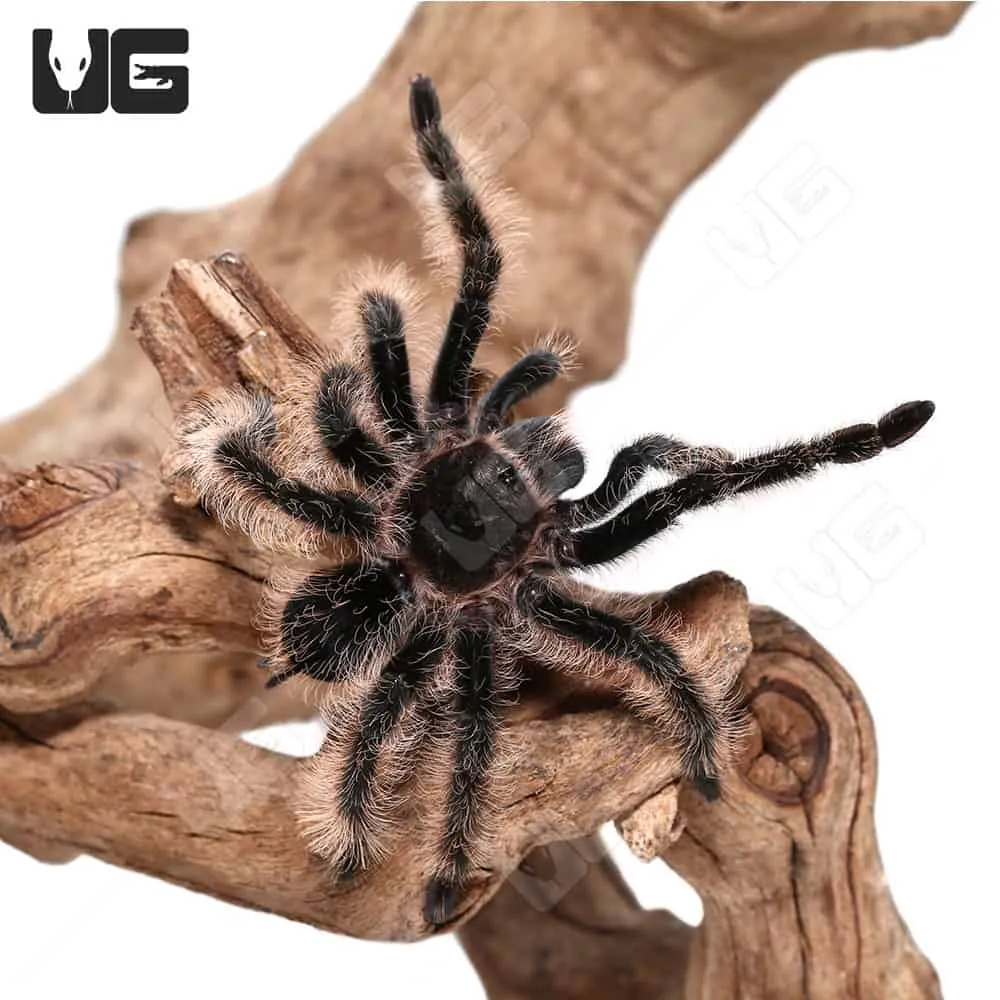
Proper nutrition is essential for the health, growth, and longevity of your Curly Hair Tarantula. They are opportunistic feeders, meaning they will eat a variety of insects. It is important to offer a balanced diet to provide all the necessary nutrients. Providing the correct type and frequency of feeding will help your tarantula thrive. It is essential to observe your tarantula’s feeding habits and adjust the diet as needed, considering its life stage, size, and overall health. Regular monitoring of the feeding process helps ensure optimal nutrition and overall well-being.
What to Feed
The main diet for Curly Hair Tarantulas should consist of insects. Good food sources include crickets, mealworms, dubia roaches, and other commercially available insects. Always gut-load the insects with nutritious foods (such as vegetables and commercial cricket food) before feeding them to your tarantula. This practice enriches the nutritional value of the insects. Avoid feeding wild-caught insects, as they may carry parasites or pesticides that can harm your pet. The size of the prey should be appropriate for your tarantula; the insect should be no larger than the tarantula’s body. Consider the nutritional content of each insect and vary the diet to ensure balanced intake.
Feeding Frequency
The feeding frequency depends on the age and size of your tarantula. Spiderlings (young tarantulas) should be fed 2–3 times a week. Juveniles can be fed once or twice a week. Adults only need to be fed once a week or even less, depending on their size and appetite. Remove any uneaten prey within 24 hours to prevent stress to the tarantula and to avoid the growth of mold. Observe your tarantula’s appetite and adjust the feeding schedule accordingly. If your tarantula is refusing food, it may be preparing to molt, or the environment might not be ideal.
Watering and Hydration
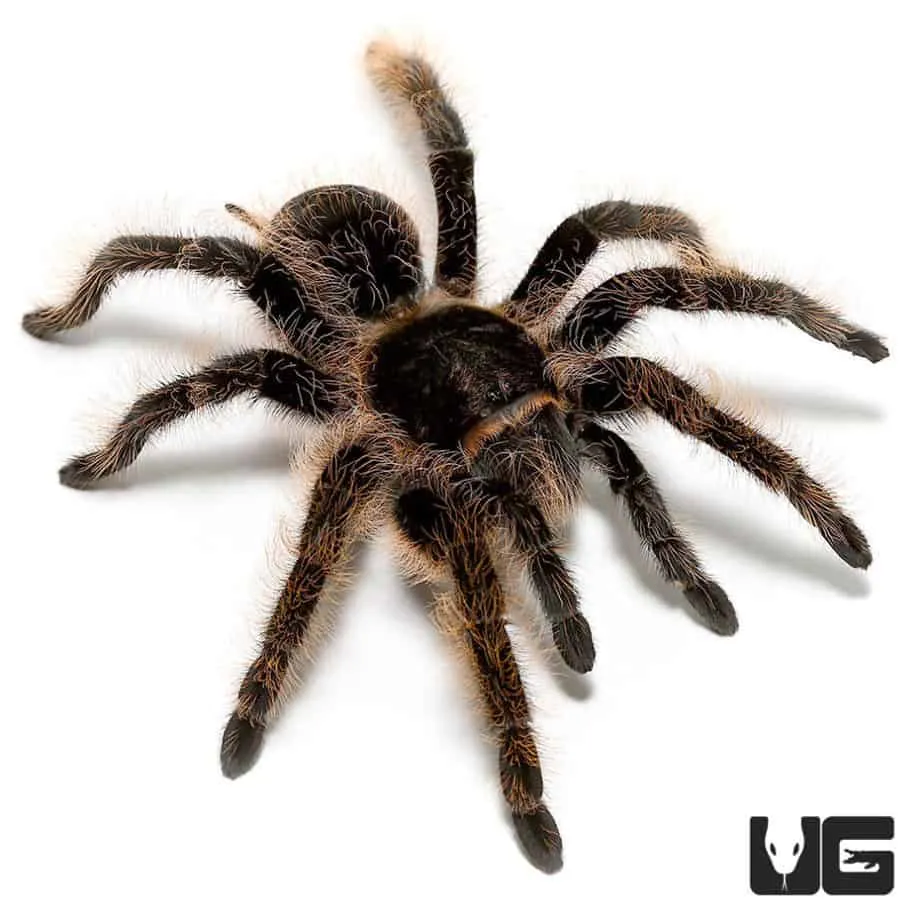
Water is essential for tarantulas. Always provide a shallow water dish filled with clean, fresh water. Ensure the water dish is shallow to prevent the tarantula from drowning. Change the water at least once or twice a week to keep it clean and prevent bacterial growth. In addition to the water dish, you can mist the enclosure lightly every few days to maintain humidity, especially during molting. Avoid over-misting, as it can lead to a build-up of moisture and potential health issues. Clean water and proper hydration are crucial components of the overall health and well-being of your Curly Hair Tarantula.
Handling and Safety Precautions
While Curly Hair Tarantulas are known for their docile nature, handling them should be approached with caution. Handling can be stressful for tarantulas, and it increases the risk of accidental injury to both the tarantula and the handler. It is important to prioritize the safety and well-being of your pet, understanding their behavior, and knowing when handling should be avoided. Always practice responsible handling techniques to minimize any potential risks. Proper handling will help you have a safe and enjoyable experience with your pet.
When to Handle
It is generally best to minimize handling your Curly Hair Tarantula. They are not animals that enjoy being held or interacted with. Handling can stress them, and they may be more likely to exhibit defensive behaviors if they feel threatened. Avoid handling during or immediately after molting, as their exoskeletons are soft and vulnerable at this stage. Handle your tarantula only if necessary, such as for a health check or to move it to a new enclosure. Otherwise, observe them in their enclosure and enjoy watching their behavior. Prioritize your pet’s comfort.
Safe Handling Practices
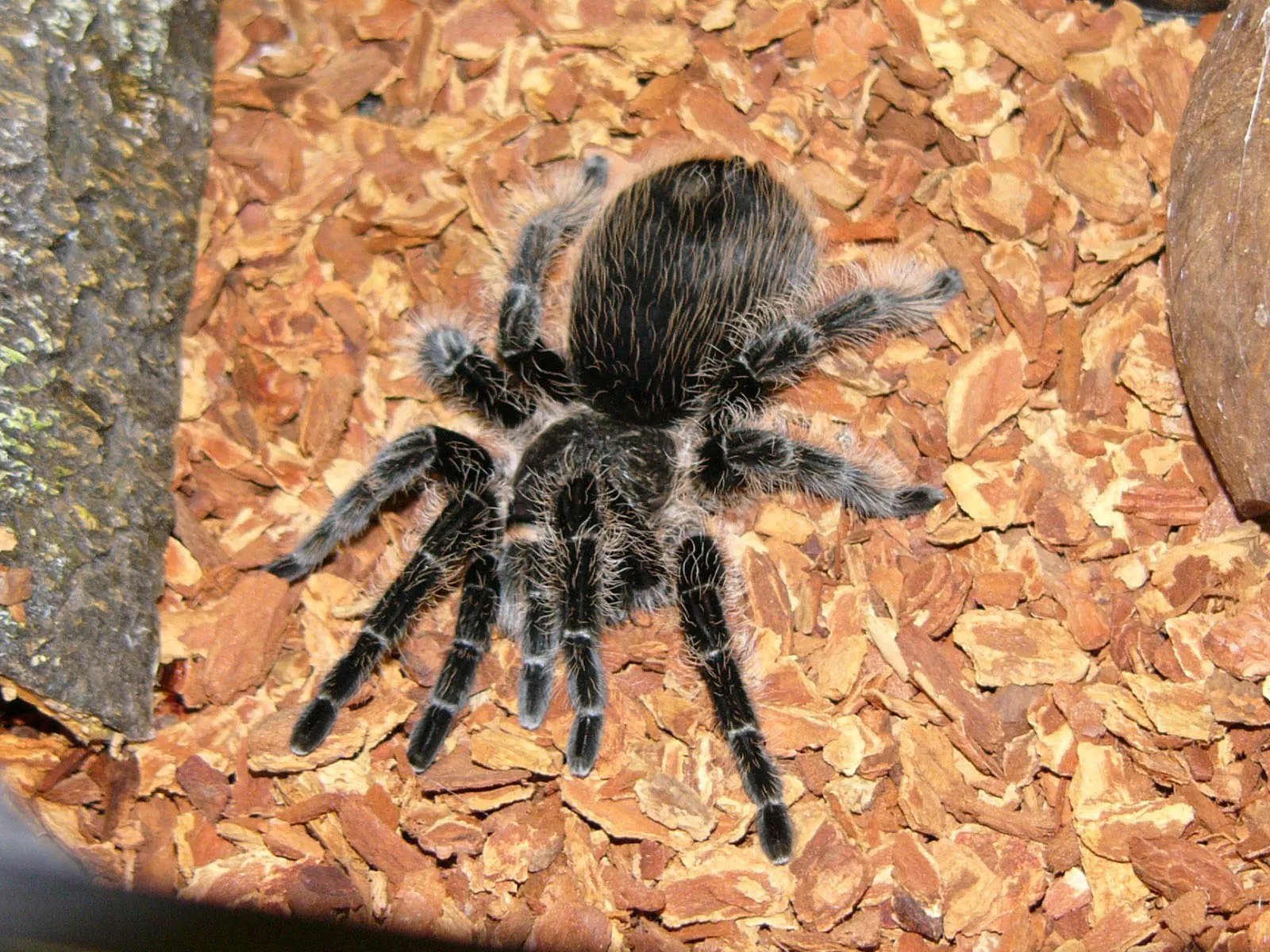
If you must handle your Curly Hair Tarantula, approach it calmly and slowly. Wash your hands thoroughly before and after handling. Use a soft brush or your fingers to gently coax the tarantula onto your hand. Never grab or squeeze the tarantula. Always handle your tarantula over a soft surface, such as a bed or carpet, in case it falls. Be mindful of the tarantula’s urticating hairs; avoid contact with your face or eyes after handling. If you are bitten (which is rare with this species), clean the bite with soap and water and monitor for any allergic reactions. Be patient and gentle.
Common Health Issues and Prevention
Like all pets, Curly Hair Tarantulas can be susceptible to certain health issues. Understanding these issues and knowing how to prevent them is essential for ensuring your tarantula’s longevity and well-being. By providing the right environment, proper nutrition, and regular monitoring, you can minimize the risks of health problems and ensure your pet lives a long and healthy life. Regular observation of your tarantula’s behavior and appearance is critical in identifying early signs of any potential health problems.
Molting and What to Expect
Molting is a natural process where tarantulas shed their exoskeletons to grow. During this time, the tarantula will typically stop eating, become lethargic, and may spend more time on its back. Do not disturb your tarantula while it is molting. Provide a humid environment to assist the process. The molting process can take several hours. After molting, the tarantula’s exoskeleton will be soft; avoid handling it until the exoskeleton hardens, which may take several days. The molt will also allow you to determine the sex of your tarantula. A healthy molt is a sign that your tarantula is growing and thriving.
Identifying and Addressing Problems
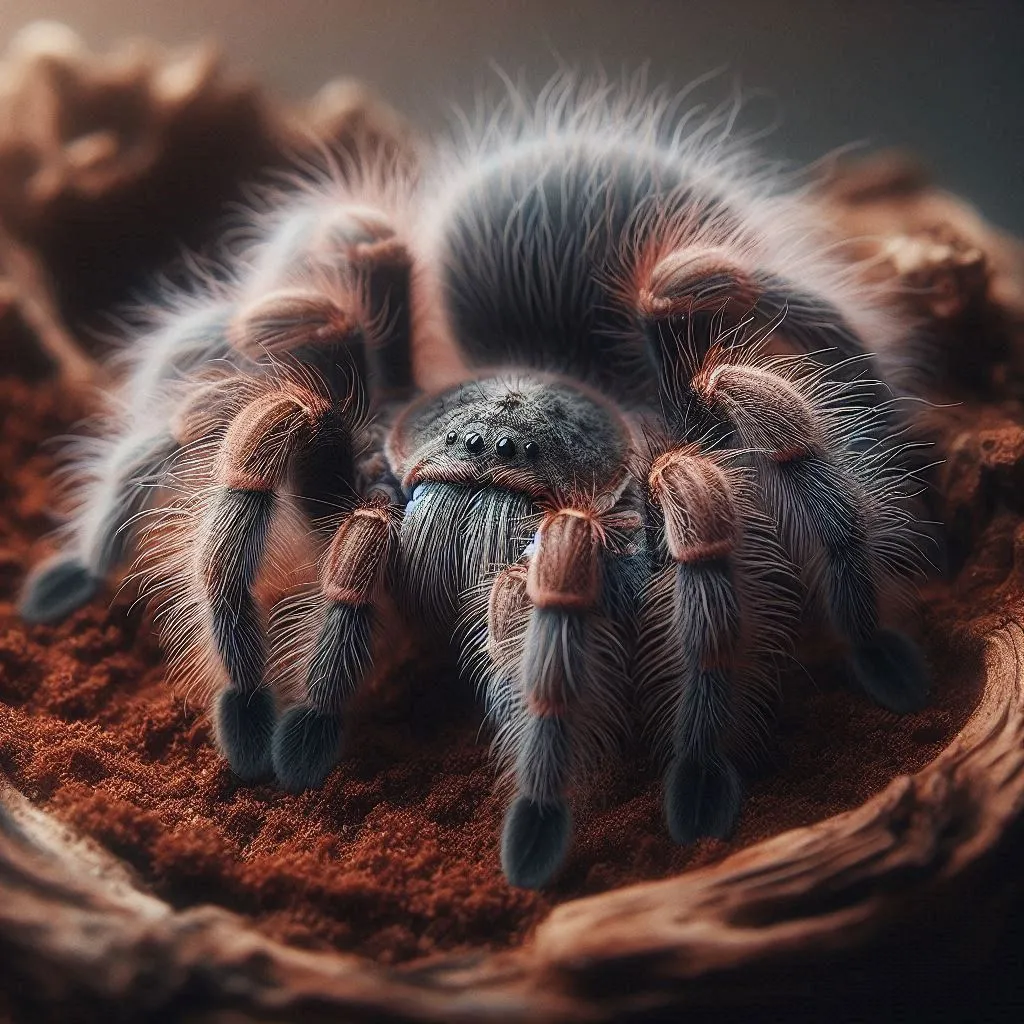
Keep an eye out for signs of illness, such as loss of appetite, lethargy, unusual posture, or discoloration. If you notice any of these signs, check the enclosure’s conditions, including temperature and humidity. Make sure the tarantula has access to fresh water. If the problem persists, consult with a veterinarian experienced in exotic pets. Preventative measures, such as maintaining a clean environment and providing a balanced diet, are the best ways to keep your tarantula healthy. Timely intervention is essential in addressing health concerns and providing the best possible care for your pet. Regularly inspect your tarantula’s enclosure for any changes.
Breeding Curly Hair Tarantulas (Optional)
Breeding Curly Hair Tarantulas can be a rewarding experience for experienced keepers. It requires careful preparation, knowledge of tarantula behavior, and a willingness to dedicate time and resources. Successful breeding involves understanding the mating process, providing the right conditions, and caring for the eggs and spiderlings. However, breeding is not recommended for beginners. Only undertake breeding if you have a solid understanding of tarantula care and are prepared for the complexities and responsibilities that come with it. Consider the ethical implications and be ready to provide proper care for the offspring.
Legal Considerations and Ethical Sourcing
Before acquiring a Curly Hair Tarantula, make sure you are aware of any local laws and regulations regarding the ownership of exotic pets. Some areas may require permits or have restrictions on certain species. Always purchase your tarantula from a reputable breeder or supplier who practices ethical sourcing. This ensures that the tarantula is healthy and has been raised responsibly. Avoid purchasing tarantulas that have been wild-caught, as this can negatively impact wild populations and may expose your pet to diseases. Supporting ethical breeders promotes responsible pet ownership and helps conserve these fascinating creatures for generations to come. Consider all factors before acquiring a pet.
